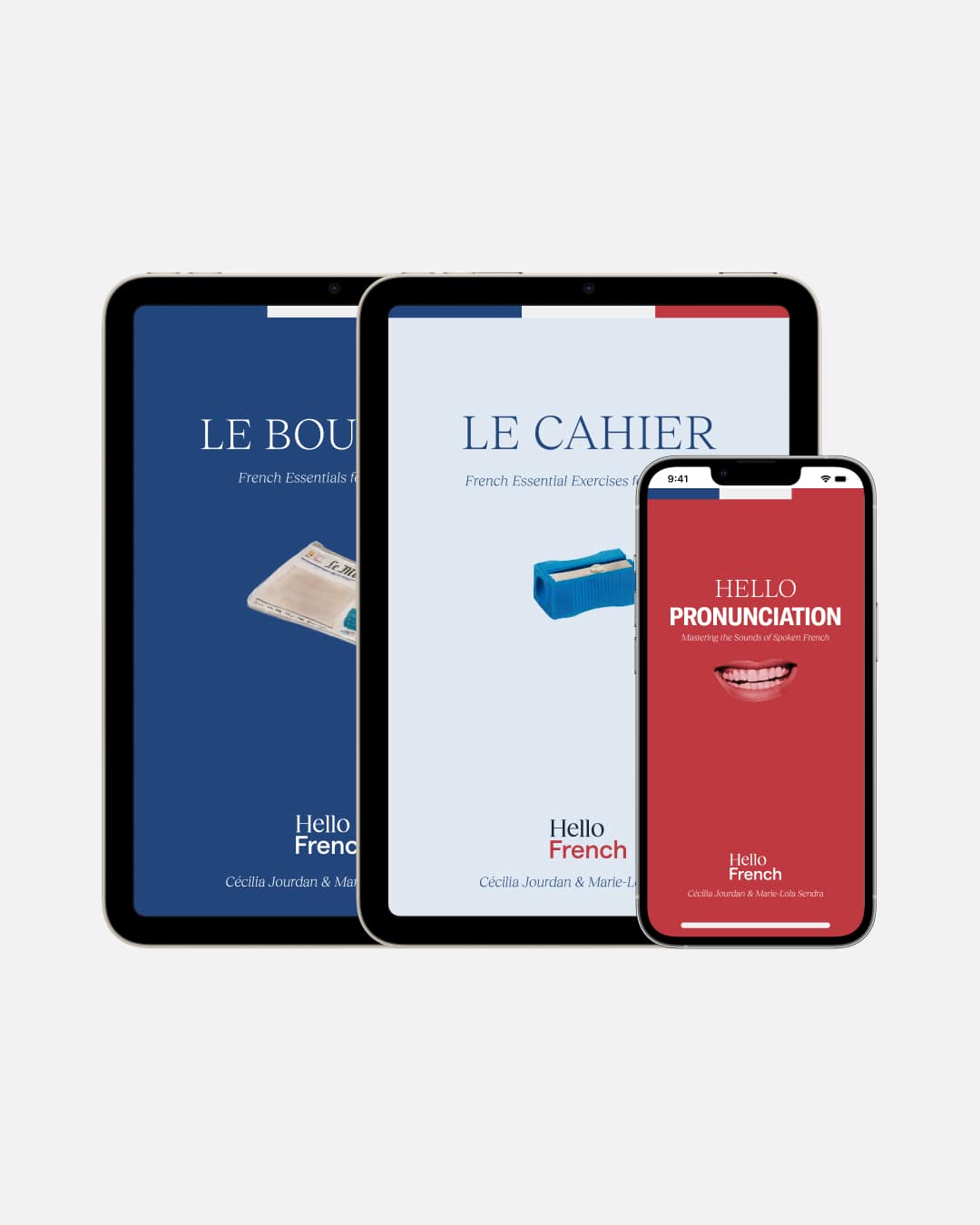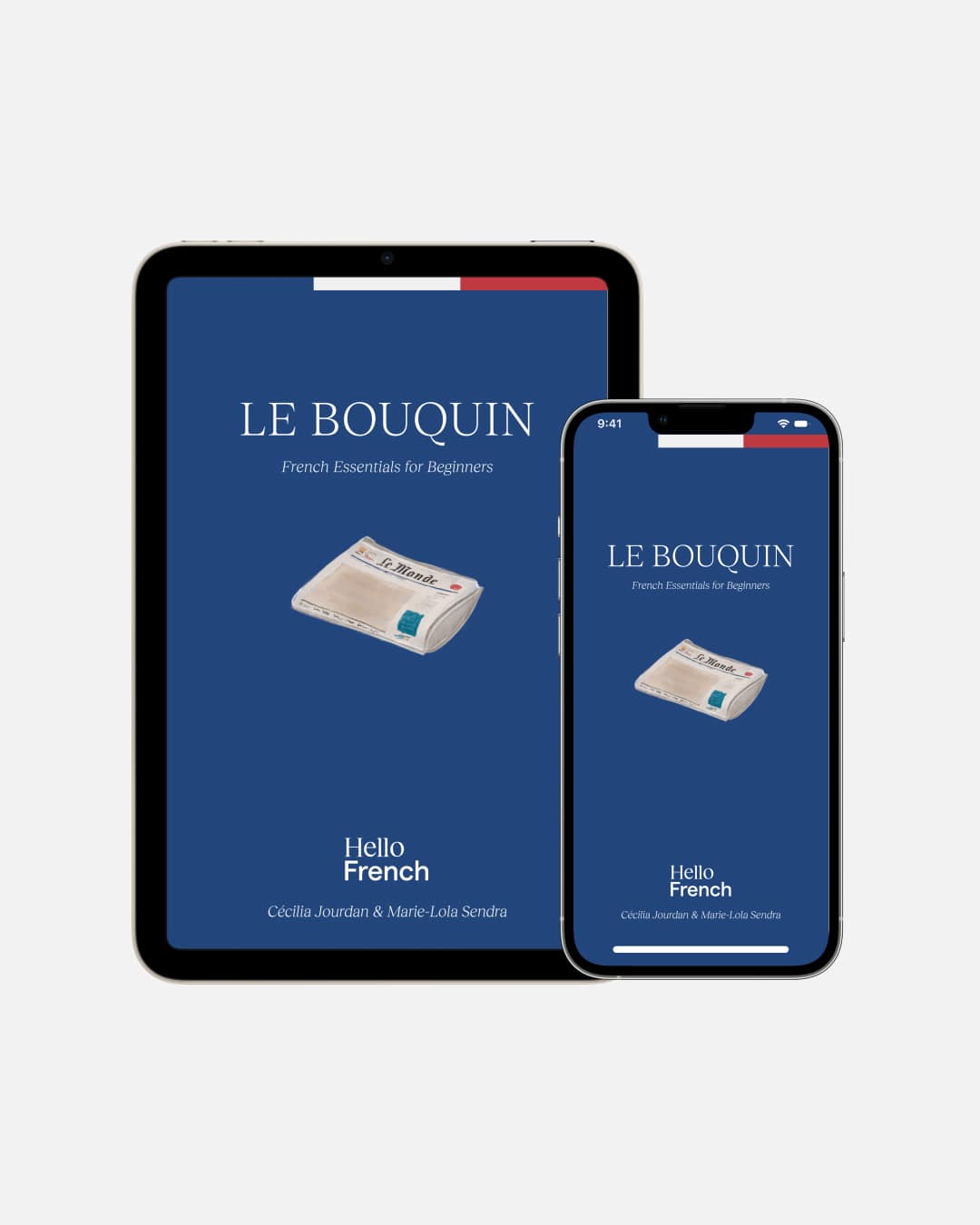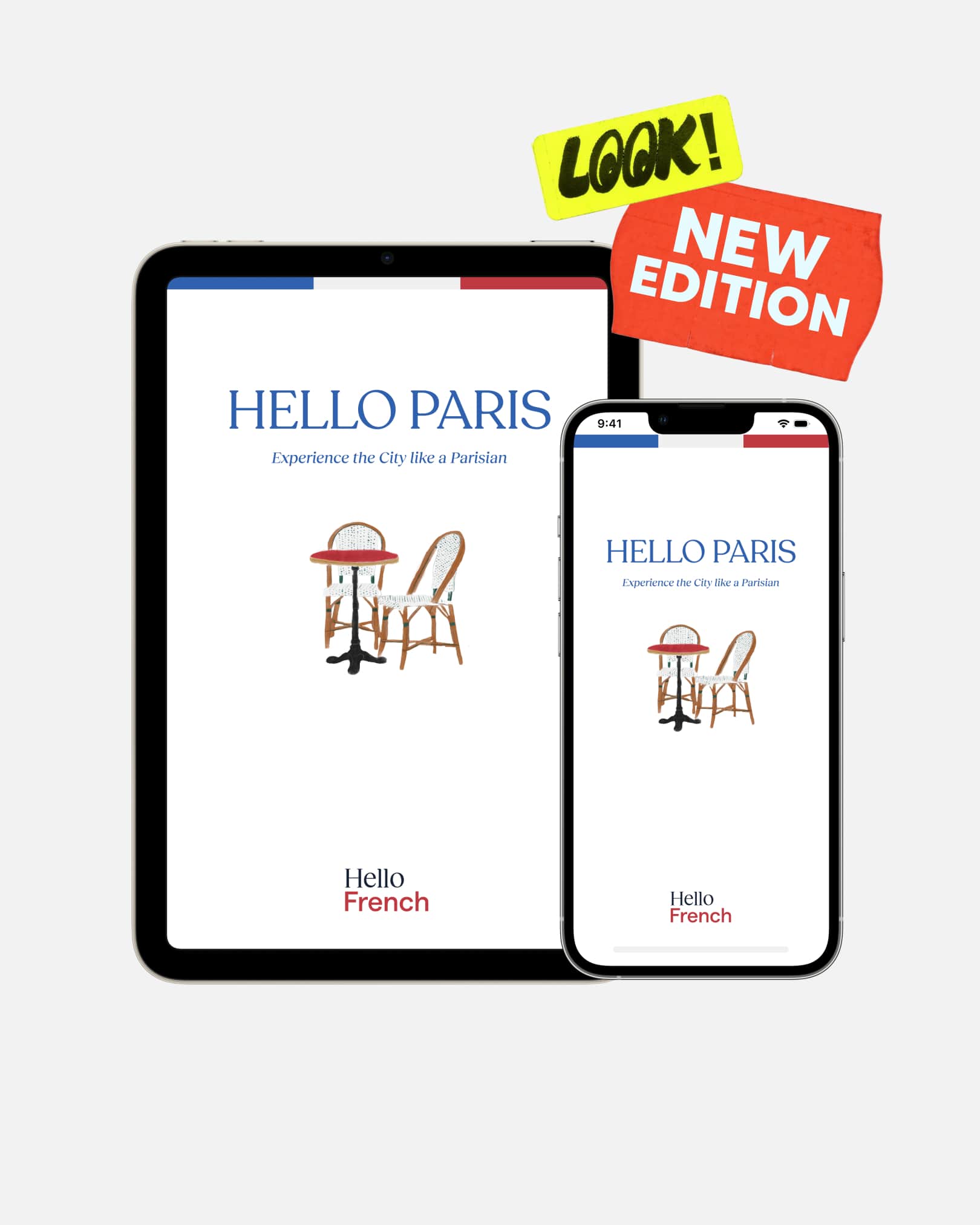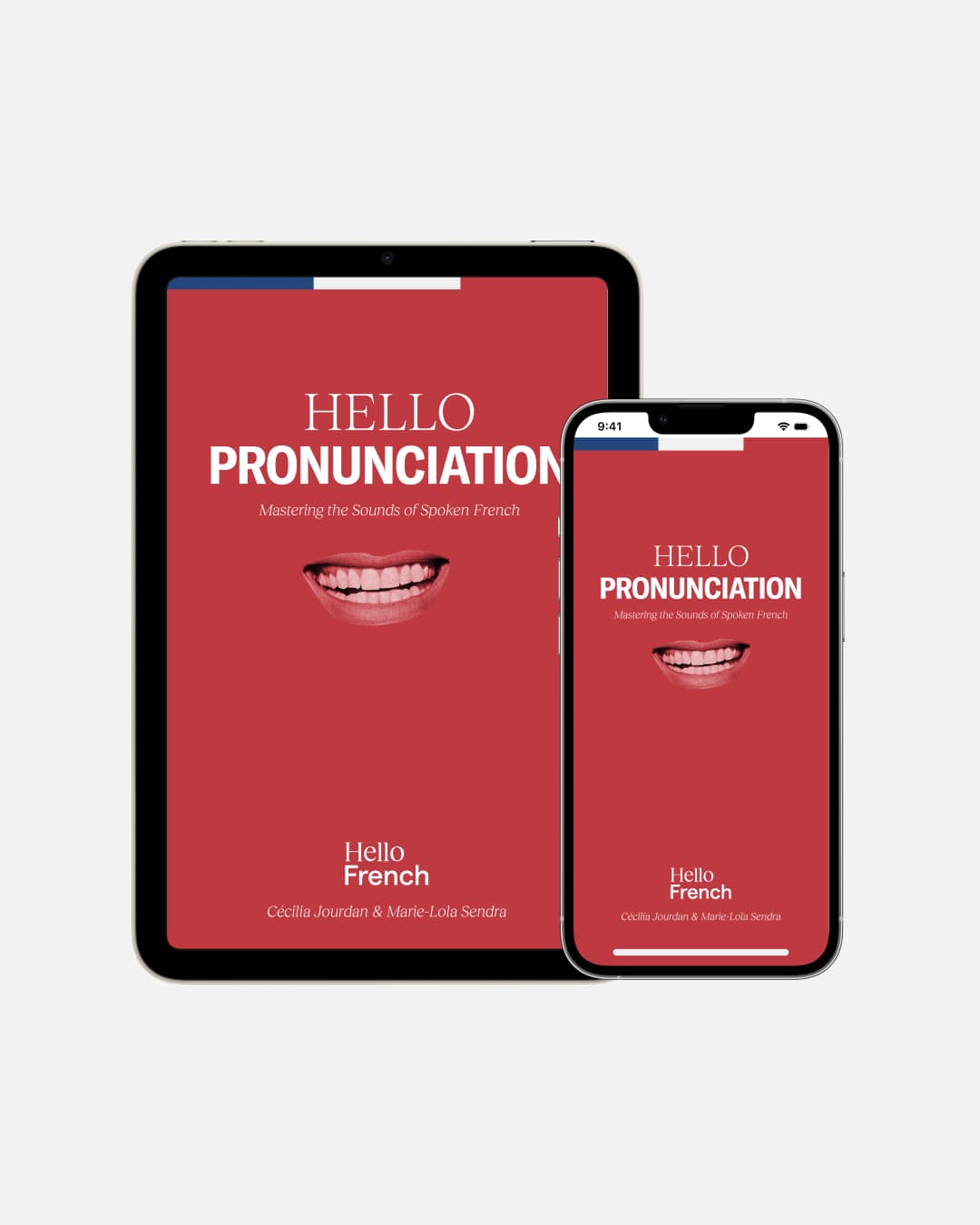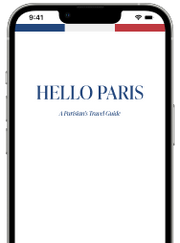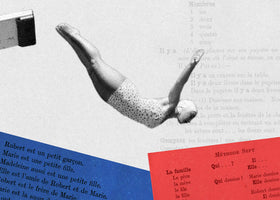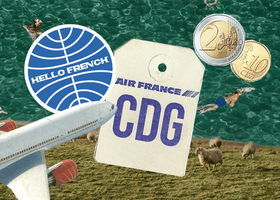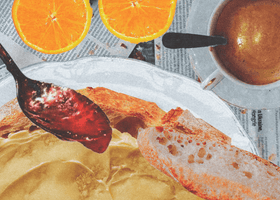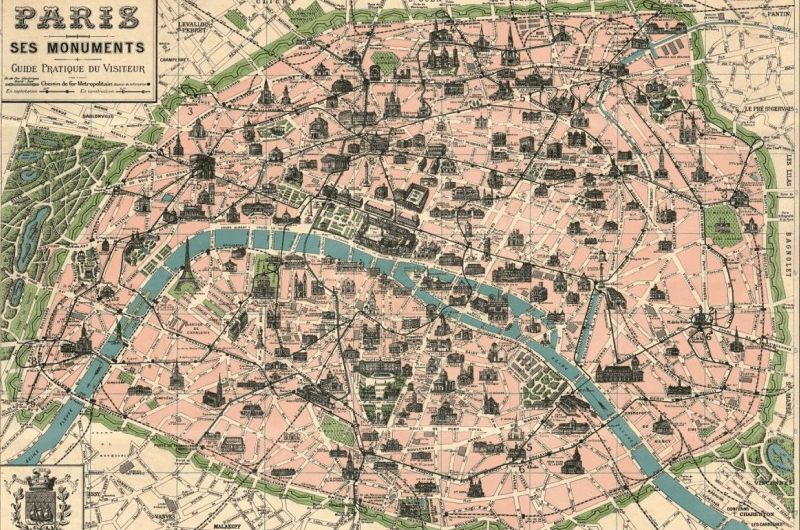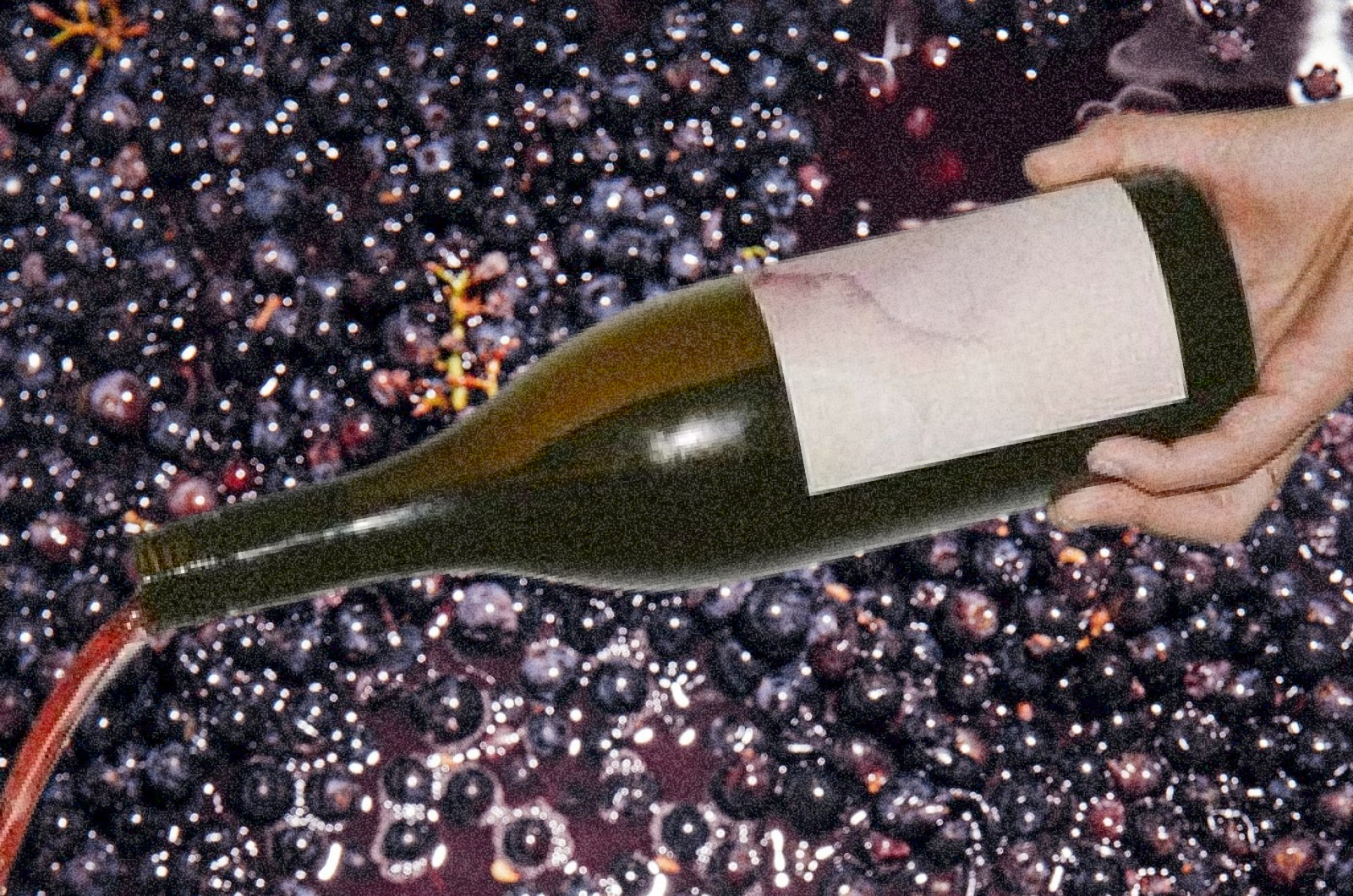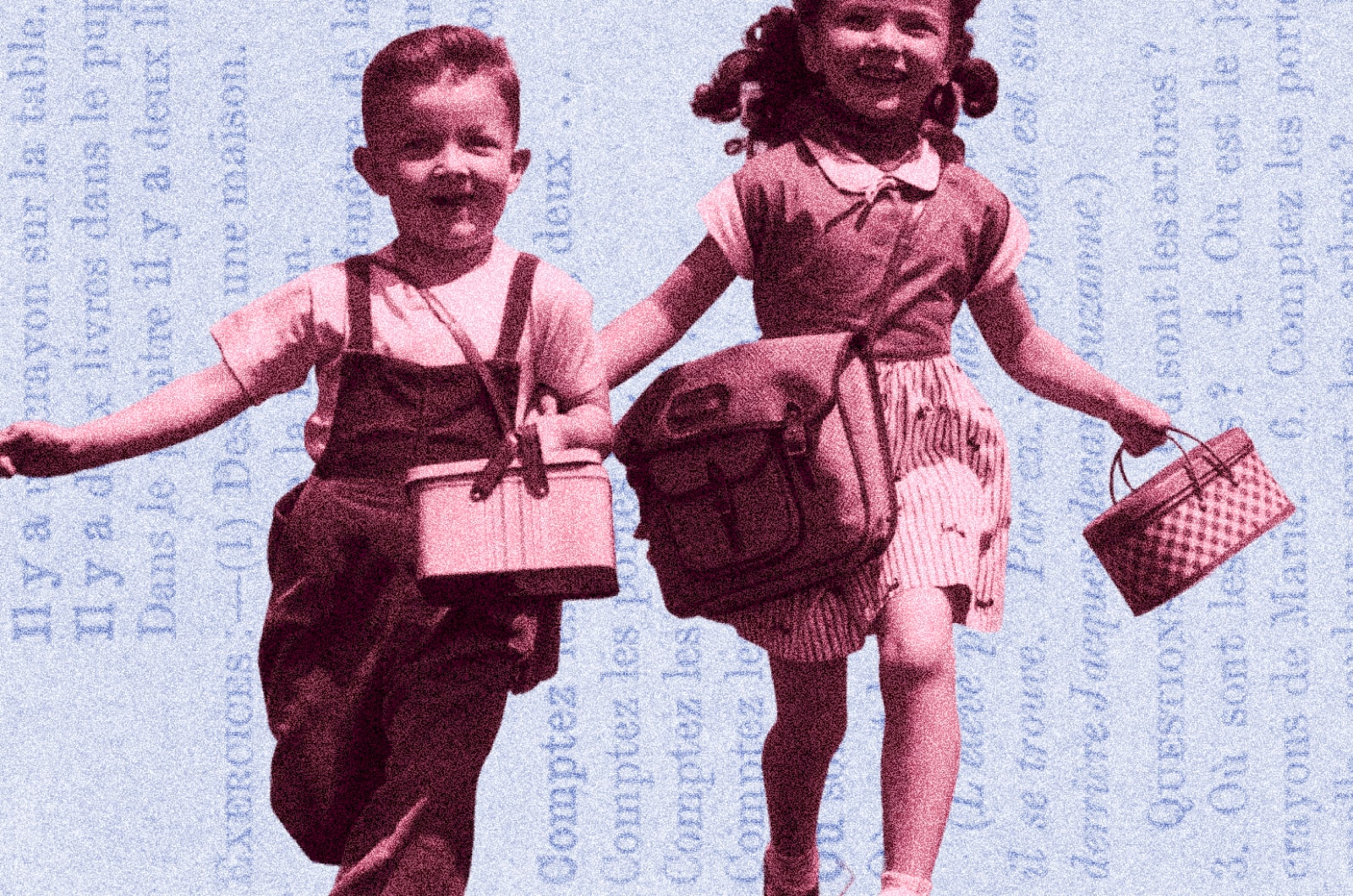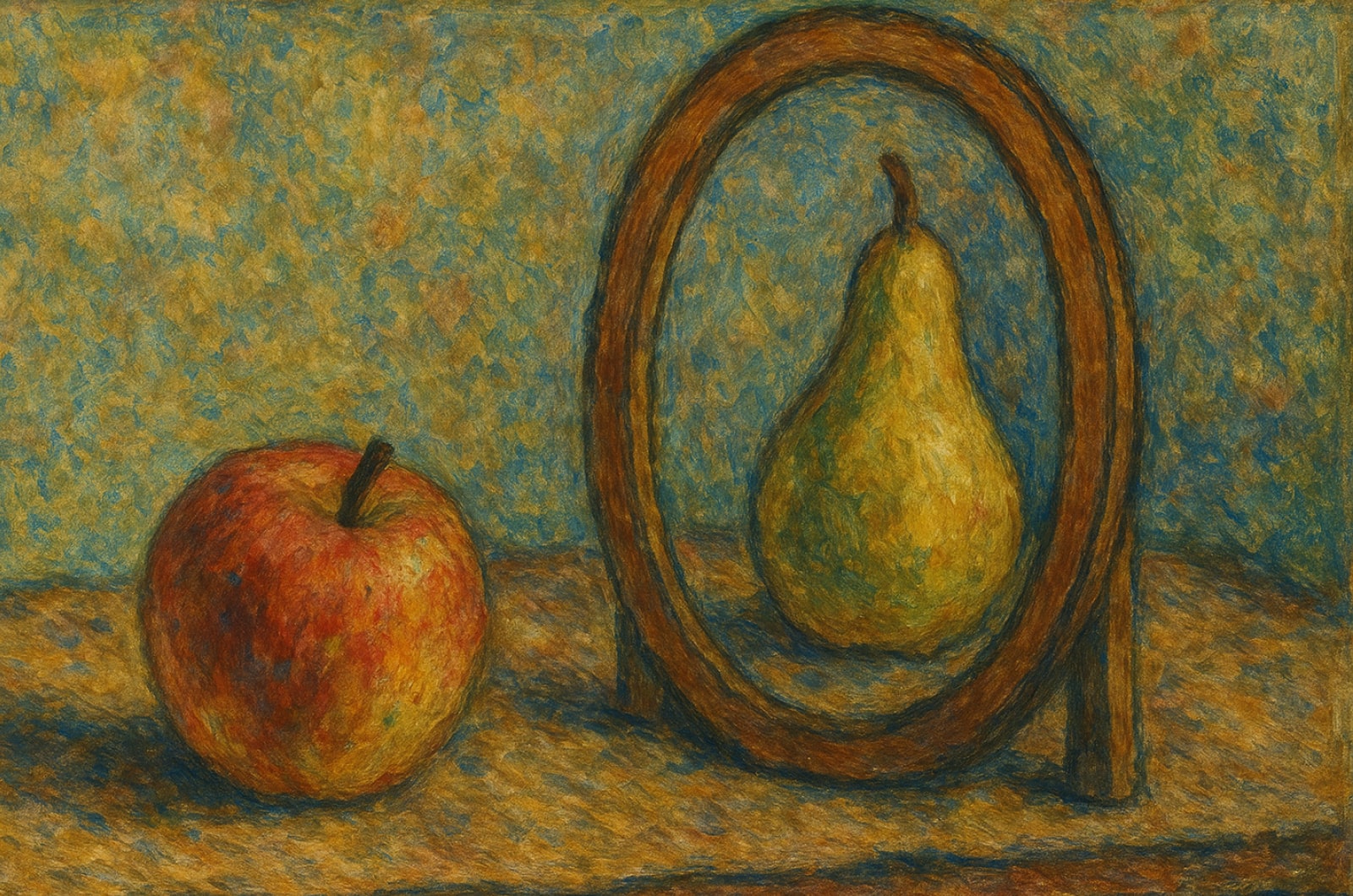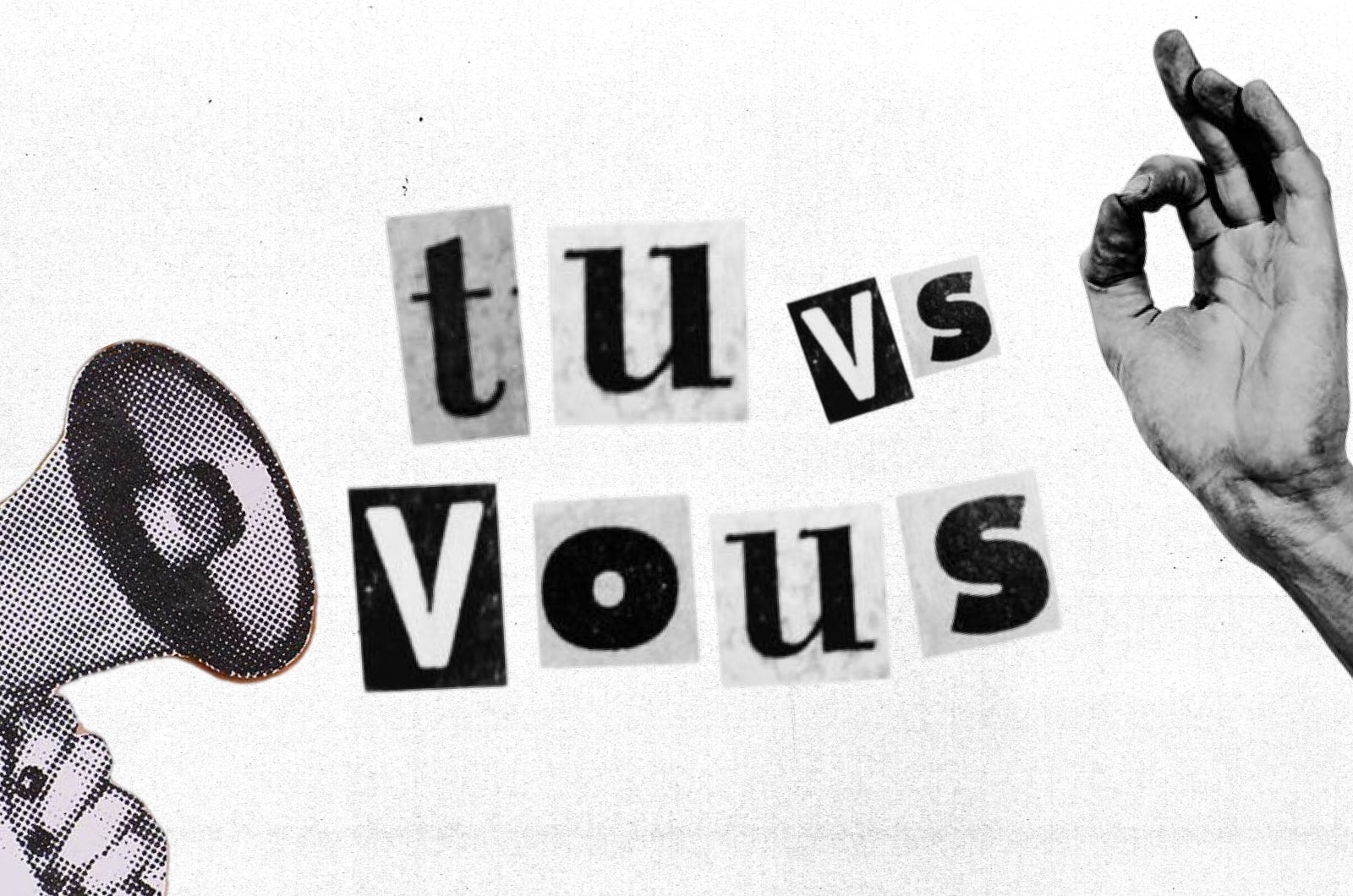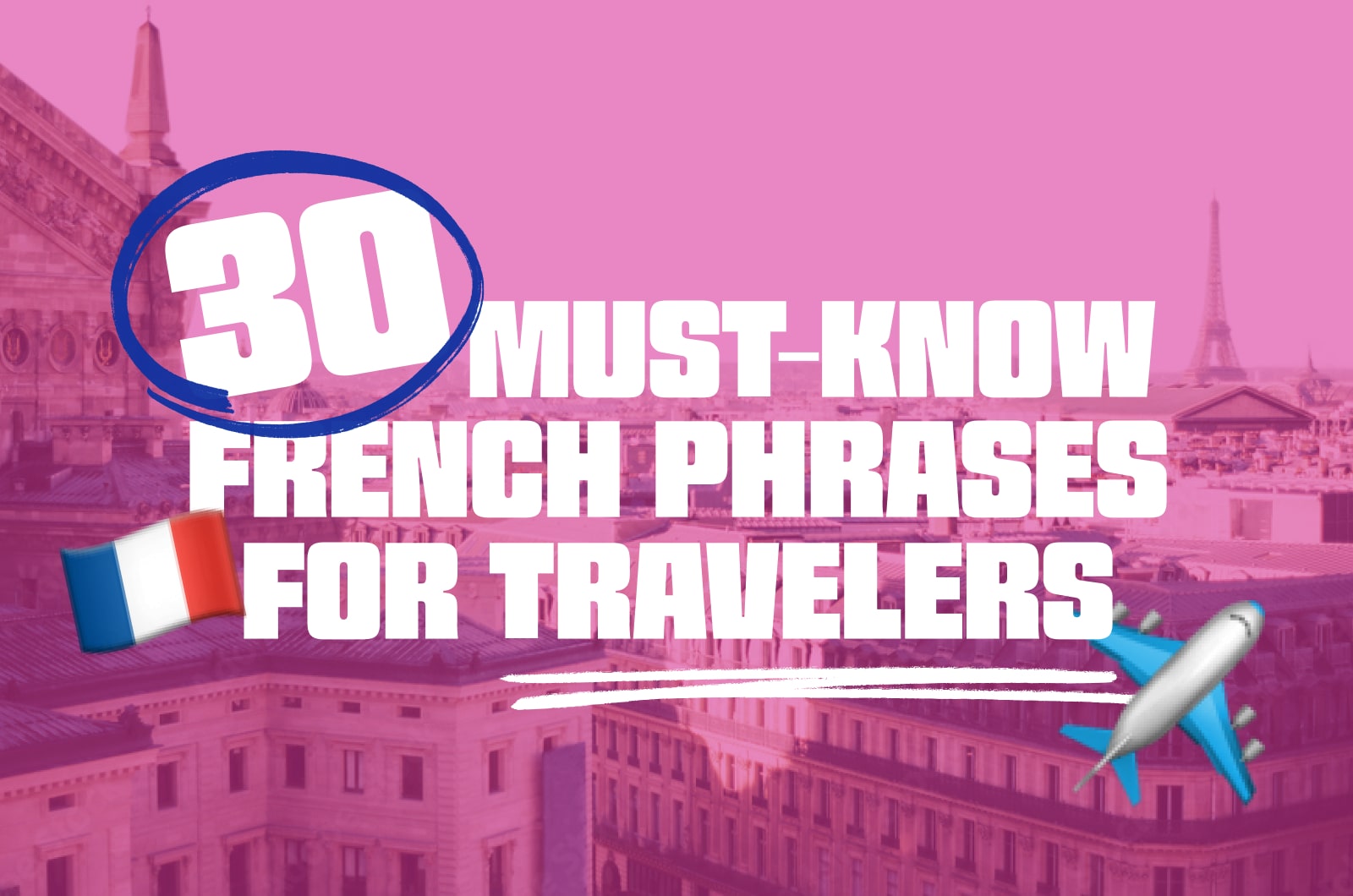French wine can seem intimidating with its rules, labels, and centuries of tradition. But at its core, every bottle starts with something simple: the grape. Each grape has its own personality, quirks, and favorite regions. Get to know them, and suddenly French wine starts to feel less like a mystery and more like a dinner party full of interesting characters.
🍒 Pinot Noir (Burgundy & Beyond): The sensitive soul
Delicate, light, and expressive. Pinot Noir is thin-skinned and picky, thriving in cooler climates like Burgundy. Expect flavors of cherry, rose, mushroom, and forest floor.
- Key regions: Bourgogne (especially Côte d’Or), Alsace, Loire reds, Champagne blends
- Pairs with: Duck, mushroom dishes, roast chicken
- Pronunciation tip: pee-noh nwar (silent “t” in Pinot)
- IPA: /pi.no nwaʁ/
👉 Sommelier's note: Burgundy is the birthplace and gold standard for Pinot Noir, but the grape is also the backbone of Champagne's structure. Many people don't realize that "blanc de noirs" Champagne is made entirely from red grapes like Pinot Noir and Pinot Meunier, pressed gently to avoid color. Pinot is far more versatile than it looks.
🍇 Merlot (Bordeaux, Southwest France): The soft one
- Key regions: Saint-Émilion, Pomerol, Bergerac
- Pairs with: Pasta with tomato sauce, grilled lamb, pizza
- Pronunciation tip: mehr-loh (the final t is silent)
- IPA: /mɛʁ.lo/
👉 Sommelier's note: Merlot's reputation dipped in the U.S. after the movie Sideways, but in France it remains a cornerstone of Bordeaux. Château Pétrus, one of the world’s most expensive wines, is made almost entirely from Merlot. Softness here doesn't mean simple. Top Merlot can age for decades.
🌿 Cabernet Sauvignon (Bordeaux & beyond): The bold one
Structured, deep, and built to age. Cabernet brings blackcurrant, cedar, and tobacco. It can feel strict on its own, but blends with Merlot round it out beautifully.
- Key regions: Médoc, Graves, Languedoc blends
- Pairs with: Steak, lamb chops, grilled dishes
- Pronunciation tip: ka-ber-nay soh-vee-nyon (“gn” like “ny” in “canyon”)
- IPA: /ka.bɛʁ.nɛ so.vi.ɲɔ̃/
👉 Sommelier's note: Cabernet Sauvignon is a natural cross between Cabernet Franc and Sauvignon Blanc, confirmed by DNA profiling in the 1990s. That lineage explains its aromatic lift and tannic backbone. It is also the most widely planted wine grape in the world, showing how adaptable it is outside Bordeaux.
🍑 Chardonnay (Burgundy & Champagne): The shape-shifter
One of the most versatile grapes. In Chablis it is crisp and mineral, in Meursault it is buttery, in Champagne it is elegant and toasty. Chardonnay reflects where and how it is made.
- Key regions: Chablis, Côte de Beaune, Champagne, Jura
- Pairs with: Seafood, creamy sauces, cheese boards
- Pronunciation tip: shar-doh-nay (soft ch like “shower”)
- IPA: /ʃaʁ.dɔ.nɛ/
👉 Sommelier's note: Chardonnay is the clearest example of how technique and place shape flavor. In Burgundy, it tends to be leaner, mineral-driven, and elegant, often with citrus, green apple, and a stony edge. In California, the warmer climate and heavier use of oak produce a rounder, riper style with notes of tropical fruit, vanilla, and that signature buttery texture characteristic of malolactic fermentation.
🍋 Sauvignon Blanc (Loire Valley, Bordeaux): The fresh one
Zesty and citrusy, with notes of grapefruit, gooseberry, and grass. In the Loire it is sharp and mineral; in Bordeaux it is often blended with Sémillon for softness.
- Key regions: Sancerre, Pouilly-Fumé, Bordeaux whites
- Pairs with: Goat cheese, oysters, sushi
- Pronunciation tip: so-vee-nyon blahn (the final “c” is silent, no k sound to sound French!)
- IPA: /so.vi.ɲɔ̃ blɑ̃/
👉 Sommelier's note: In Sancerre and Pouilly-Fumé, Sauvignon Blanc gets its distinctive flinty, smoky edge from limestone and flint soils. That mineral snap is terroir in action, and why it pairs so naturally with the region's goat cheese.
🖤 Syrah (Northern Rhône): The dark romantic
Inky and savory, with flavors of black olive, violet, pepper, and sometimes smoked meat. In Hermitage it is powerful; in Côte-Rôtie it can be more perfumed.
- Key regions: Côte-Rôtie, Hermitage, Cornas
- Pairs with: Grilled meats, charcuterie, hearty stews
- Pronunciation tip: see-rah
- IPA: /si.ʁa/
👉 Sommelier's note: Syrah thrives on the steep slopes of the Northern Rhône, many of which can only be worked by hand. Yields are small, concentration is high, and the style is savory and peppery. Syrah also inspired Shiraz in Australia, but the French version stays more restrained.
🍓 Grenache (Southern Rhône, Languedoc): The sun lover
Juicy, spicy, and warm. Grenache shines in blends like Châteauneuf-du-Pape, often with Syrah and Mourvèdre (the famous GSM). It is generous but can surprise with depth.
- Key regions: Southern Rhône, Provence, Roussillon, Languedoc
- Pairs with: Tapas, grilled vegetables, Mediterranean food
- Pronunciation tip: gruh-nash
- IPA: /ɡʁə.naʃ/
👉 Sommelier's note: Grenache has thin skins, which is why it often makes lighter-colored wines despite high alcohol levels. It loves sun and warmth, producing ripe strawberries and spice. Old-vine Grenache in the southern Rhône proves that even a friendly grape can have serious depth.
WANT TO SOUND MORE FRENCH ORDERING WINE?
This short video walks you through the pronunciation of 10 essential French grapes, the perfect practice before your next glass.
French Vocab Corner: Wine Edition
Learning wine words in French makes the whole experience even richer. Instead of just sipping, you’ll start to understand the culture and vocabulary behind the glass.
Here are a few key terms every wine lover should know:

And because vocab is only half the story, let's practice some phrases you can actually use the next time you order wine in France:
- Je voudrais du Sancerre, s'il vous plaît. – I would like some Sancerre, please.
-
Sancerre blanc ou rouge ? – White or red Sancerre?
(yes, you may not know this, but Sancerre can be red too!) - Un verre ou une bouteille ? – A glass or a bottle?
- Je vais prendre deux verres de Sancerre, merci. – I'll have two glasses of Sancerre, thank you.
WANT TO GO FURTHER?
This video shows you how to talk about wine in French, whether it's fruity, earthy, or full-bodied, so you can sound confident at the table.
A Cultural Note: How France Sees Wine Differently
In the U.S., people typically order wine by grape variety. “I'll have a Pinot Noir.” In France, it works differently. Most French labels don't list the grape at all. Instead, they highlight the région: Bordeaux, Bourgogne, Sancerre.
That is because French wine is built on terroir: the soil, climate, and traditions of a place. The grape is part of the story, but not the whole. A Bordeaux is often a blend of Merlot and Cabernet Sauvignon, and whether it comes from the Left Bank or Right Bank changes its style.
CURIOUS HOW ALL THOSE FRENCH LABELS FIT TOGETHER?
This video is a simple guide to understanding appellations, the system that defines French wine regions.
Blending is not a shortcut; it is the tradition. Grapes are combined to balance strengths. Merlot softens Cabernet's tannins, Syrah adds spice to Grenache’s fruit, Chenin Blanc can be made sparkling or sweet. French wines are also often made with food in mind. They lean toward freshness and balance rather than big, fruit-heavy styles.
So when you drink French wine, you are not just tasting a grape. You are tasting a place.
Ready to Bring France to Your Table?
If you're ready to sip like the French, the right tools make all the difference. Here are a few essentials to make your wine moments even more enjoyable:
A great bottle of Champagne deserves the right glass—these Champagne glasses are designed to preserve bubbles while letting the aromas shine. If you're looking to expand your knowledge beyond the glass, a couple of excellent book on wine and wine appreciation will guide you through regions, pairings, and tasting notes with ease.
Of course, no home wine ritual is complete without the right gear. These elegant wine glasses bring out the best in every pour, and a reliable wine opener saves you from the frustration of broken corks. To keep your bottles fresh after opening, the Vacu Vin Original Wine Saver is a small but game-changing tool. And for that perfect restaurant-style sparkle, these glass polishing cloths will keep your stemware streak-free.
Finally, if you want to turn your passion into play, this wine-themed game is a fun way to test your knowledge (and maybe show off a little at your next dinner party).
These little touches bring French wine culture into your home—whether you're learning, sipping, or sharing with friends.
 |
 |
 |
 |
 |
 |
À bientôt (see you soon)!
—Cécilia & the Hello French team

Looking to go further?
If this makes you want to order wine in French without hesitation, I’ve got you covered! My Beginner Bundle is designed to help you start speaking French right away, with practical lessons for real-life situations—like ordering a glass of Bordeaux at a restaurant or chatting with a waiter in Paris.
👉 Check out all my French learning guides and take your first sip of French.
